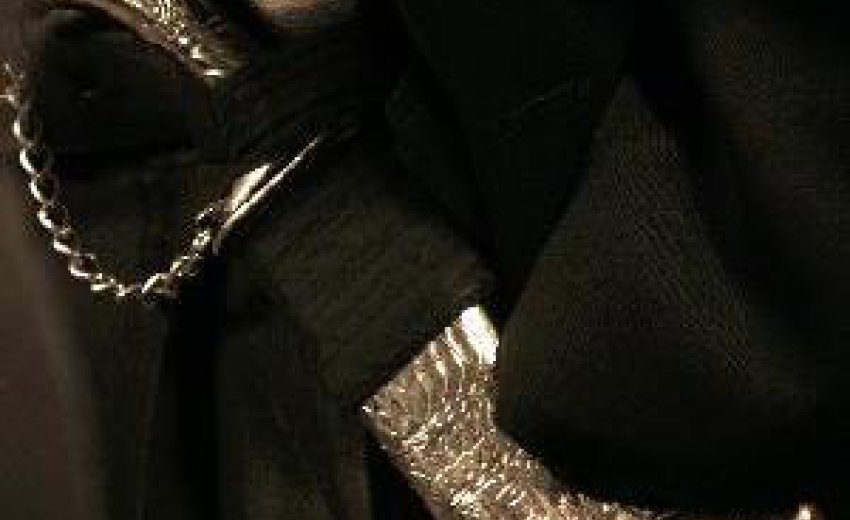MONTREAL - A large part of Quebec society has never accepted the Supreme Court's decision to allow Sikh students to wear kirpan daggers to class, a Montreal civil rights lawyer charged Thursday.
Lawyer Julius Grey said city police and the teen's school board are "overreacting" to a Sept. 11 incident in which his client, a 13-year-old boy, allegedly used a kirpan to threaten schoolmates.
"I think that what we're witnessing - it's my opinion, and the court will decide - is a deep bias against the kirpan, which has never died in Quebec," said lawyer Julius Grey, who also represented a Sikh youth in a 2001 case that eventually reached the country's top court.
In 2006, the Supreme Court upheld a Quebec Superior Court ruling that said Sikhs were allowed to wear the kirpan at school.
"We have independent witnesses, and I'm very confident that we will be able to show that we represent the real victim. It will be for a judge to decide in any event. But even if that were not the case, a rude exchange between boys in a schoolyard is not something that normally ends up (in court)."
In 2006, the Supreme Court upheld a Quebec Superior Court ruling that said Sikhs were allowed to wear the kirpan at school.
The issue of whether young Sikhs should be allowed to wear the blunt, ceremonial daggers to school has sparked fiery debate in Quebec and took centre stage during last year's provincial hearings into what constitutes reasonable accommodation of ethnic groups in Quebec.
When the Bouchard-Taylor commission on reasonable accommodation tabled its report in May, it said the Supreme Court's 2006 decision had "contaminated" the kirpan debate and "discredited the courts."
According to a poll at the time, most Quebecers objected to the court allowing young Sikhs to carry the kirpan at school. A poll by SOM Inc. published in La Presse newspaper last year said 91 per cent of Quebecers were opposed to kirpans in schools.
The 2001 case involved Gurbaj Singh Multani, who as a 12-year-old was suspended from a school after a parent spotted the religious object and complained. That school is governed by the same school board as the school attended by the teen involved the most recent incident.
In the Multani case, administrators at his school and the boy's parents reached an agreement in 2001 to allow him to wear the kirpan as long as it was sewn into his underclothing so it couldn't be used hastily. The school's governing board reversed that deal and banned the dagger. When the school board upheld that ruling, Multani's parents took the case to Quebec Superior Court, which ruled the boy could wear the knife as long as he kept it in a cloth envelope under his shirt.
The Quebec Court of Appeal overturned that decision, saying that barring the kirpan went against a guarantee of religious freedom in the Charter of Rights, but added that the question of safety made the ban reasonable.
In the most recent incident involving a kirpan, on Sept. 11 near a school in Montreal's LaSalle district, a 13-year-old boy allegedly used a kirpan to assault two teenagers. Grey said he is convinced his client did not use the dagger during the argument.
The teenager, who has asked that his case go straight to trial, made his first appearance on the charges in Montreal Youth Court on Thursday. He pleaded not guilty to three counts alleging he used the kirpan to threaten his schoolmates near a high school.
According to the Montreal police, the kirpan was wrapped in cloth during the incident.
Grey said he has written the school board warning of possible civil action. He also criticized the board for not considering his client's version of what happened.
© Montreal Gazette 2008
